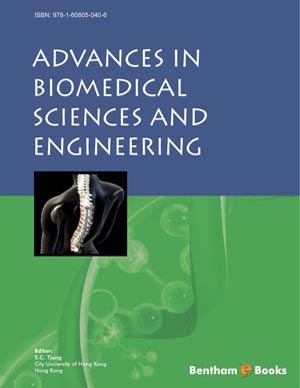Abstract
Hydroxyapatite (HA) is the main mineral constituent of human bones. HA nanocrystals can be synthesized using a variety of wet solution methods including chemical precipitation, hydrothermal, sol-gel, micro- and nano-emulsion. HA nanocrystals synthesized from the chemical precipitation process generally exhibit plate-like morphology. They tend to self-organize into an ordered structure in the presence of biopolymers. The self-assembled HA-polymer nanocomposites simulate the hierarchical structure of human bone at a fundamental level. Such biomimetic nanocomposites favor osteoblast adhesion and proliferation, thereby stimulating new bone growth. Proper understanding of the biomineralization of self-assembled structures is needed for designing high performance polymer nanocomposites in bone tissue engineering.
Keywords: Bone, hydroxyapatite, nanocrystal, polymer, precipitation, self-assembly, biocompatibility, biomimetic structure, scaffold, electrospinning






















